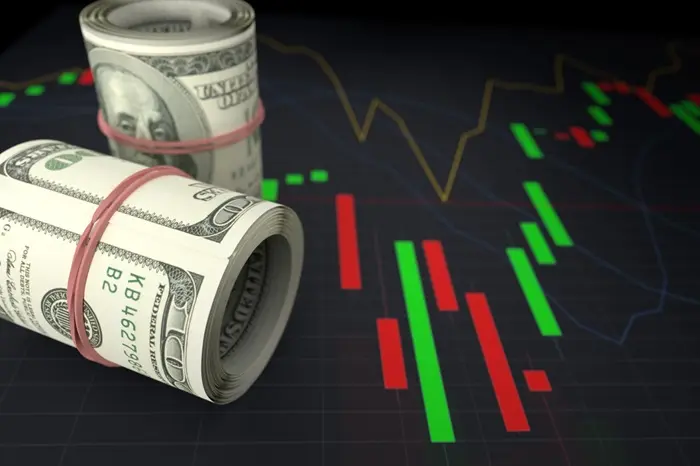Shares of UnitedHealth Group plunged Thursday, falling more than 22% in their biggest one-day drop since 1998.
The decline is undoubtedly a problem for the health insurance giant.
But the drop also sent shockwaves through the broader market, particularly the Dow Jones Industrial Average (^DJI).
Unlike its peers, the S&P 500 (^GSPC) and Nasdaq Composite (^IXIC), the Dow is calculated using the per-share price of its member companies rather than the market capitalization of the companies in the index.
UnitedHealth Group (UNH), whose stock was trading in the $500s before Thursday’s drop, has had the biggest impact on the Dow, even though the company is only the eighth-largest of the 30 Dow components by market capitalization.
In afternoon trading Thursday, the Dow fell 260 points, or about 0.6%, while the S&P 500 rose 0.9% and the Nasdaq rose about 0.5%.
The Dow Jones Industrial Average dates back to 1896, making it the oldest of the major U.S. stock market averages.
The index was created by journalist Charles Dow and originally tracked 12 industrial companies that were driving the U.S. economy at the time. By 1928, the number of components grew to 30, the same number it has today.
The index average is calculated using what’s called the Dow Divisor, a number that changes based on changes in the share prices of the Dow’s components. The Dow Divisor is currently around 0.163, which roughly means that for every $1 change in the share price of a Dow component, the index moves about 6.1 points.
For example, a drop in UnitedHealth Group’s stock price on Thursday caused the Dow to fall 800 points.
The price per share of any company’s stock is equal to its market value divided by the number of shares outstanding. The numerator in this calculation is the value that investors believe the company’s future cash flows are worth, discounted back to the present. The denominator is determined at the discretion of management.
As shown below, before the stock price plunged, UnitedHealth Group’s stock had the largest price weighting among the Dow components, followed by Goldman Sachs (GS) and Microsoft (MSFT).
“The Dow is like a dinosaur,” industry veteran and former Citigroup managing director Dave Weisberger told Yahoo Finance.
“The Dow is one of the symbols of American finance… but it no longer represents the modern financial system. There’s a reason the S&P 500 is the bellwether for the overall stock market for anyone who’s even remotely serious about the stock market,” he added.
For example, the SPDR Dow Jones Industrial Average exchange-traded fund (DIA) has net assets of just under $37 billion. Its sister fund, the SPDR S&P 500 ETF (SPY), has net assets of more than $570 billion.
Over the years, the Dow components have been revised to represent the economy’s major sectors. But the price-weighted nature of the index — and the fact that it has only 30 components, unlike its larger peers — has made it subject to wild volatility in the past.
For example, in March 2019, Boeing (BA) was trading over $400 and was the largest weighted component of the Dow. The crash of an Ethiopian Airlines Boeing caused its stock price to plummet, and the Dow fell more than 300 points at one point.
This year’s stock sell-off has mainly affected high-growth sectors such as technology (XLK), consumer discretionary (XLY) and communication services (XLC).
Although Microsoft, Apple (AAPL), Nvidia (NVDA) and Amazon (AMZN) have the largest market capitalizations among the Dow components, the declines in these stocks have not had as much impact on the Dow as on the S&P 500 and Nasdaq.
So far this year, the Dow is down about 7%, while the S&P 500 is down more than 9% and the tech-heavy Nasdaq is down 15%.
Among the Dow components, iPhone maker Apple has the highest market capitalization, at nearly $2.9 trillion. But its weighting in the Dow is just 3%, and its share price is near $195. That’s a discount compared to UnitedHealth — at least if you’re talking about the Dow.
Related topics:































